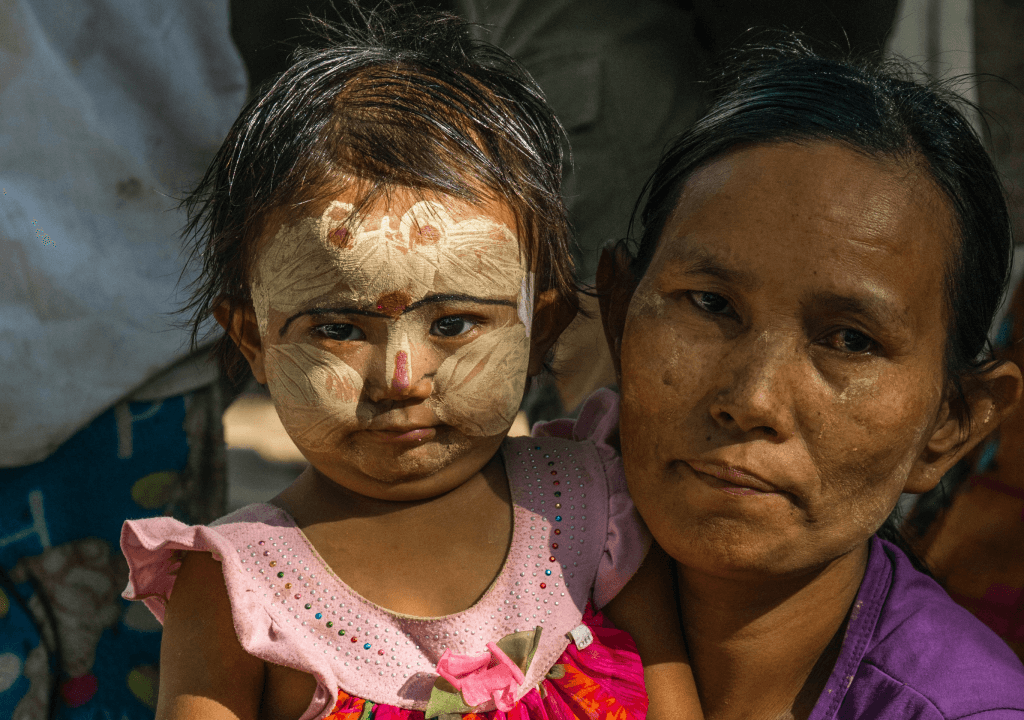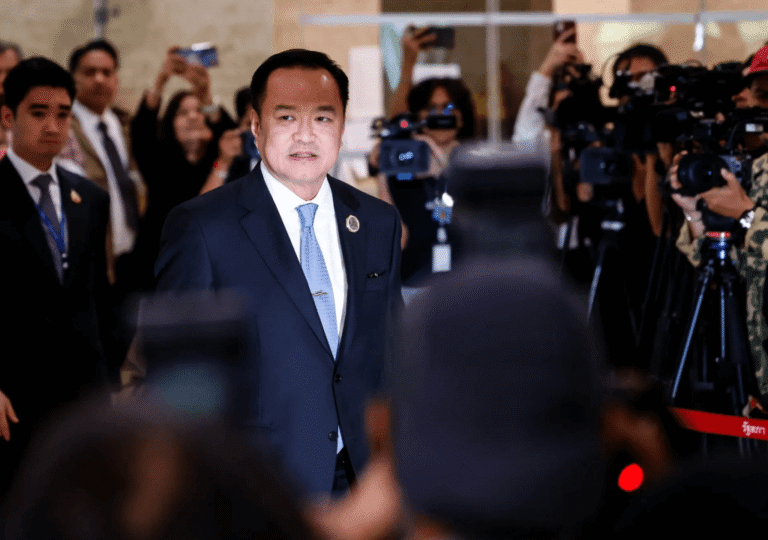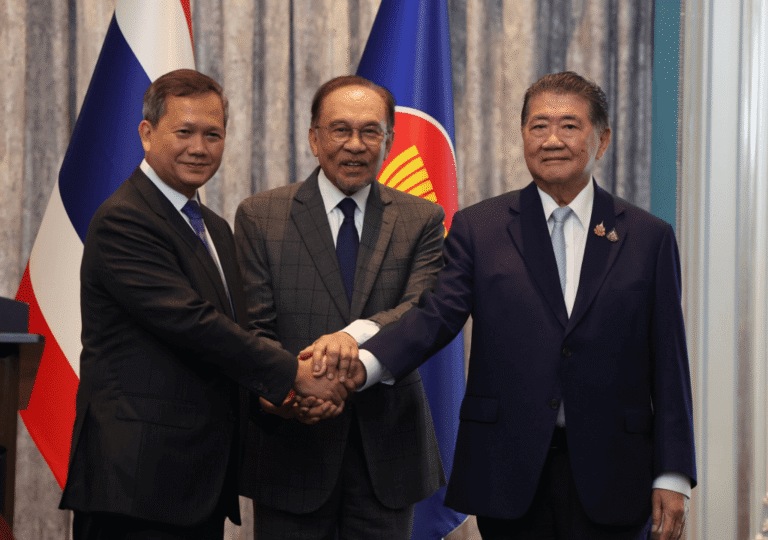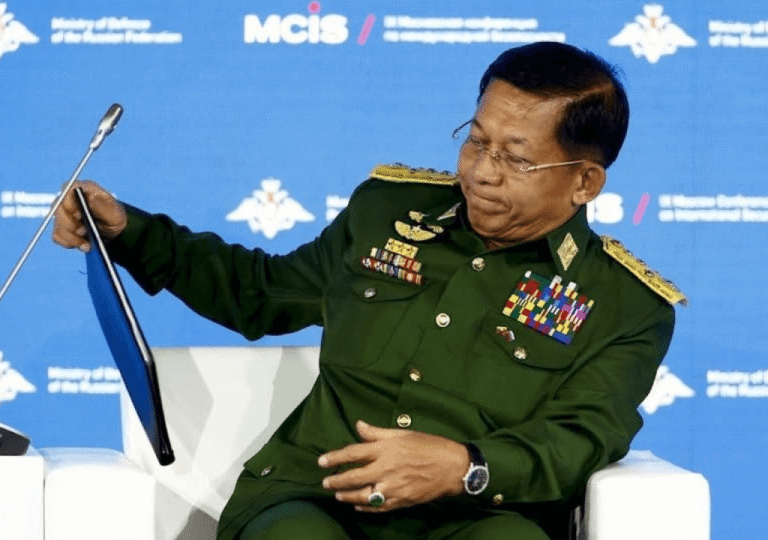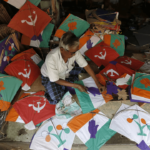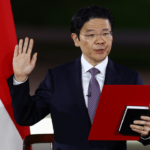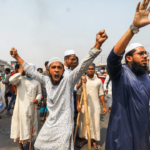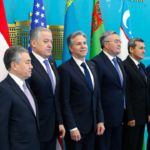Myanmar finds itself in a persistent predicament, entangled in the ongoing turmoil of the Myanmar civil war amidst the nation’s enduring insurgencies. These insurgencies gained momentum as a direct response to the 2021 military coup d’état and the subsequent harsh suppression of anti-coup protests.
On February 1st, marking the second anniversary of the 2021 military coup d’état, the military chose to extend the country’s state of emergency for an additional six months. Predictably, on July 31st, Acting President Myint Swe announced a further six-month extension, citing the ongoing absence of normalcy in the country’s situation.
Aung San Suu Kyi, the Nobel Prize laureate and a prominent figure in Myanmar, known for her roles as the State Counsellor of Myanmar and Minister of Foreign Affairs from 2016 to 2021, remains incarcerated. And also, the ruling military junta took a drastic step by dissolving the National League for Democracy, the political party led by Aung San Suu Kyi.
On April 11, the Burmese junta carried out an airstrike in the village of Pazigyi (Kanbalu Township) in Sagaing region, resulting in the tragic loss of at least 100 lives. This marks the third major civilian attack since the junta’s offensive in Sagaing commenced in February and stands as the deadliest assault since the junta seized power in 2021.
Three ethnic armed organisations—the Arakan Army, Ta’ang National Liberation Army, and Myanmar National Democratic Alliance Army—launch simultaneous attacks named “Operation 1027” on October 27 on various military bases and towns in northeastern Myanmar. Lashio airport is shut down, a bridge is destroyed, and civilian casualties occur due to the military bombardment. On November 1, the Three Brotherhood Alliance intensified its assaults on junta outposts in northern Shan State as part of “Operation 1027.” By November 6, the Alliance captured Kawlin in Sagaing Region, making it the first district capital to fall to opposition forces, with reports of numerous casualties among soldiers and police officers.
The volatile situation along the Myanmar border is drawing the attention of powerful neighbors China and India. The Chinese Ministry of Foreign Affairs urges Myanmar’s State Administration Council to collaborate with Chinese officials in safeguarding Chinese border villages. Meanwhile, on the Indian side, 39 Myanmar Army soldiers who abandoned their positions and fled into Mizoram are deported. The United Nations expresses concern about the heavy fighting in Shan State, highlighting the displacement of over 30,000 people.
In a tragic incident, a Myanmar Air Force airplane bombs a school in Chin State, resulting in the heartbreaking loss of at least eight children. On December 13, as part of Operation 1027, Allied rebel forces declared the capture of the town of Maw Luu in Sagaing Region. The situation intensified on December 16 when the Three Brotherhood Alliance asserted the capture of Namhsan in northern Shan State, despite a temporary ceasefire mediated by China against the Myanmar military.
Myanmar, grappling with the status of a failed state, faces escalating challenges. On December 12, the United Nations Office on Drugs and Crime revealed that Myanmar has surpassed Afghanistan as the world’s largest producer of opium. The nation’s ethnically diverse population stands on the brink of fragmentation, marked by increased violence, human rights abuses, and a bleak outlook. The struggle appears set to persist into 2024, with rebel groups making significant strides, amplifying the complexities facing Myanmar.

